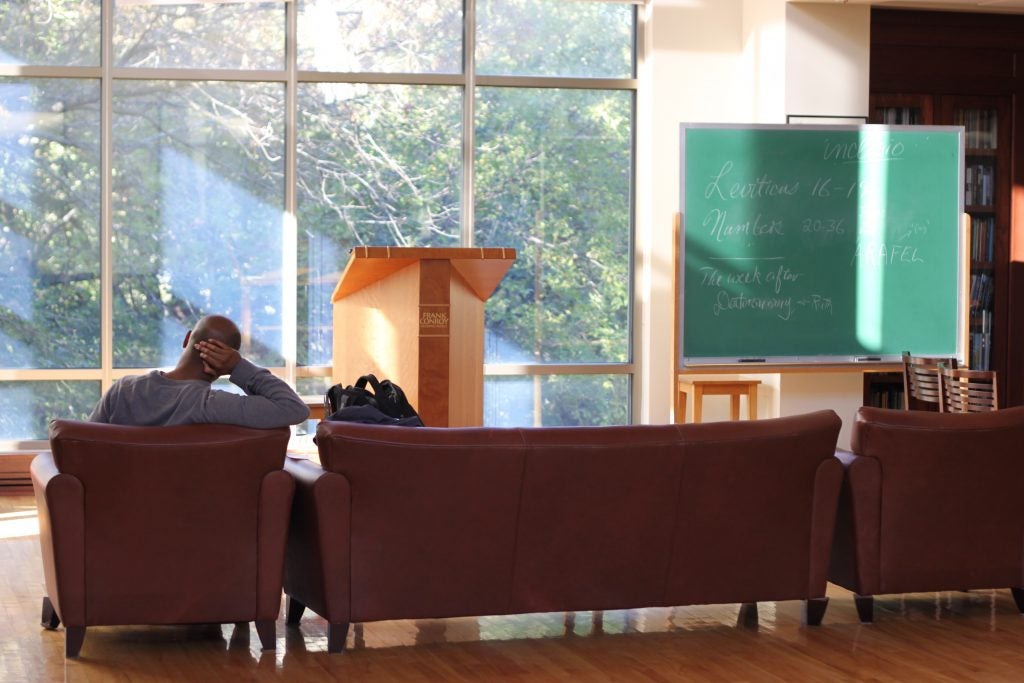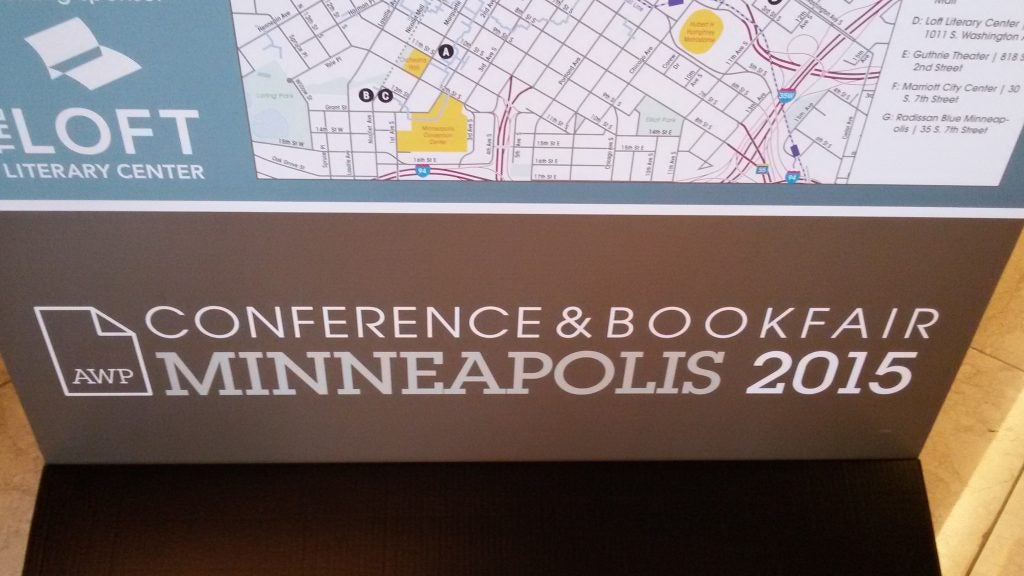Inside the Iowa Writers’ Workshop: Part 2
Socially, you can be a hermit if you want to; lock yourself up in a room and just write for two years. No one’s probably going to miss you—there are no required events to attend except for the first day meeting. Even student readings are informal and optional. You can finally experiment on growing that beard thick, long, and covered in crumbs.
Inside the Iowa Writers’ Workshop: Part 2 Read More »
Socially, you can be a hermit if you want to; lock yourself up in a room and just write for two years. No one’s probably going to miss you—there are no required events to attend except for the first day meeting. Even student readings are informal and optional. You can finally experiment on growing that beard thick, long, and covered in crumbs.








